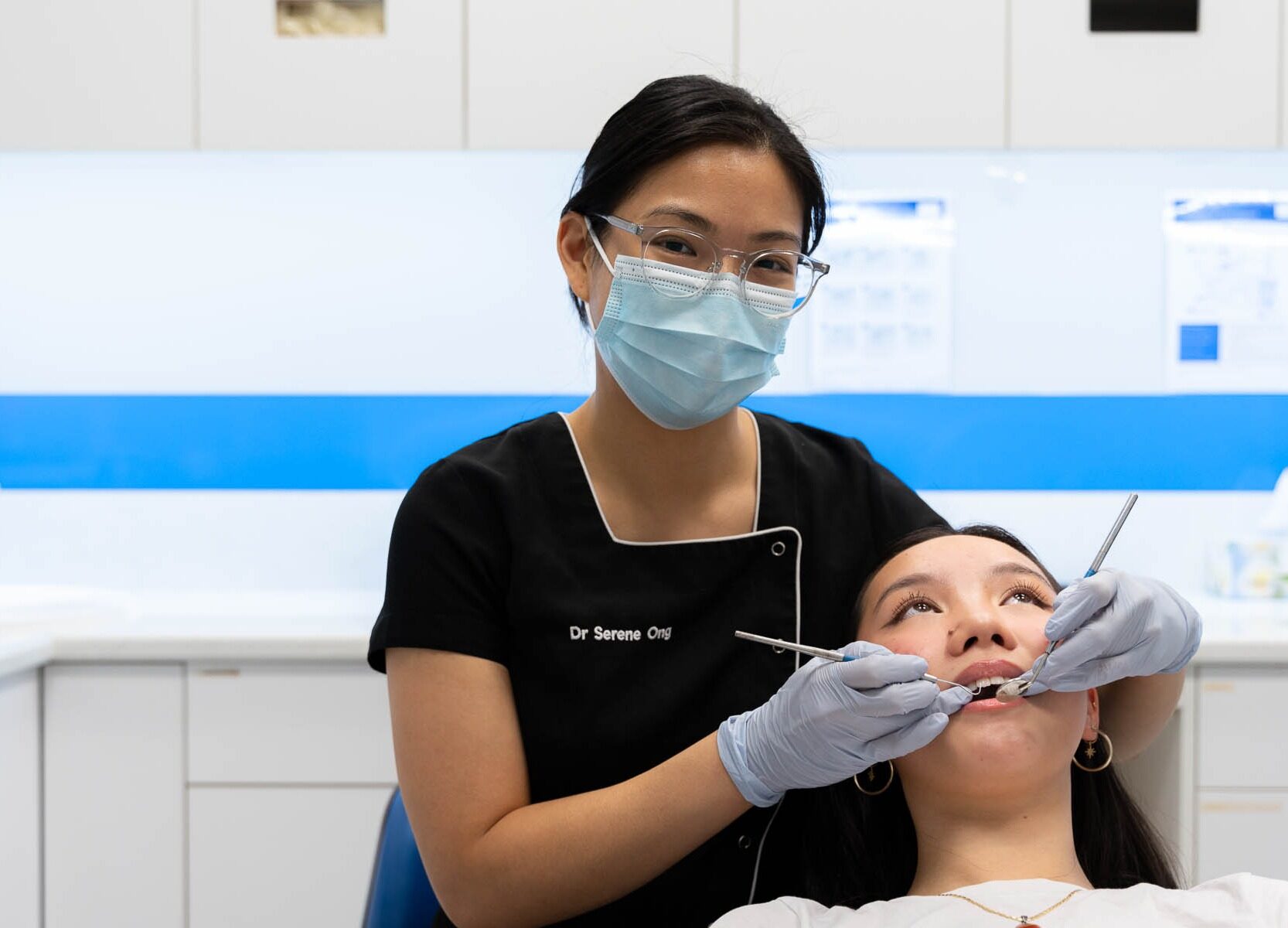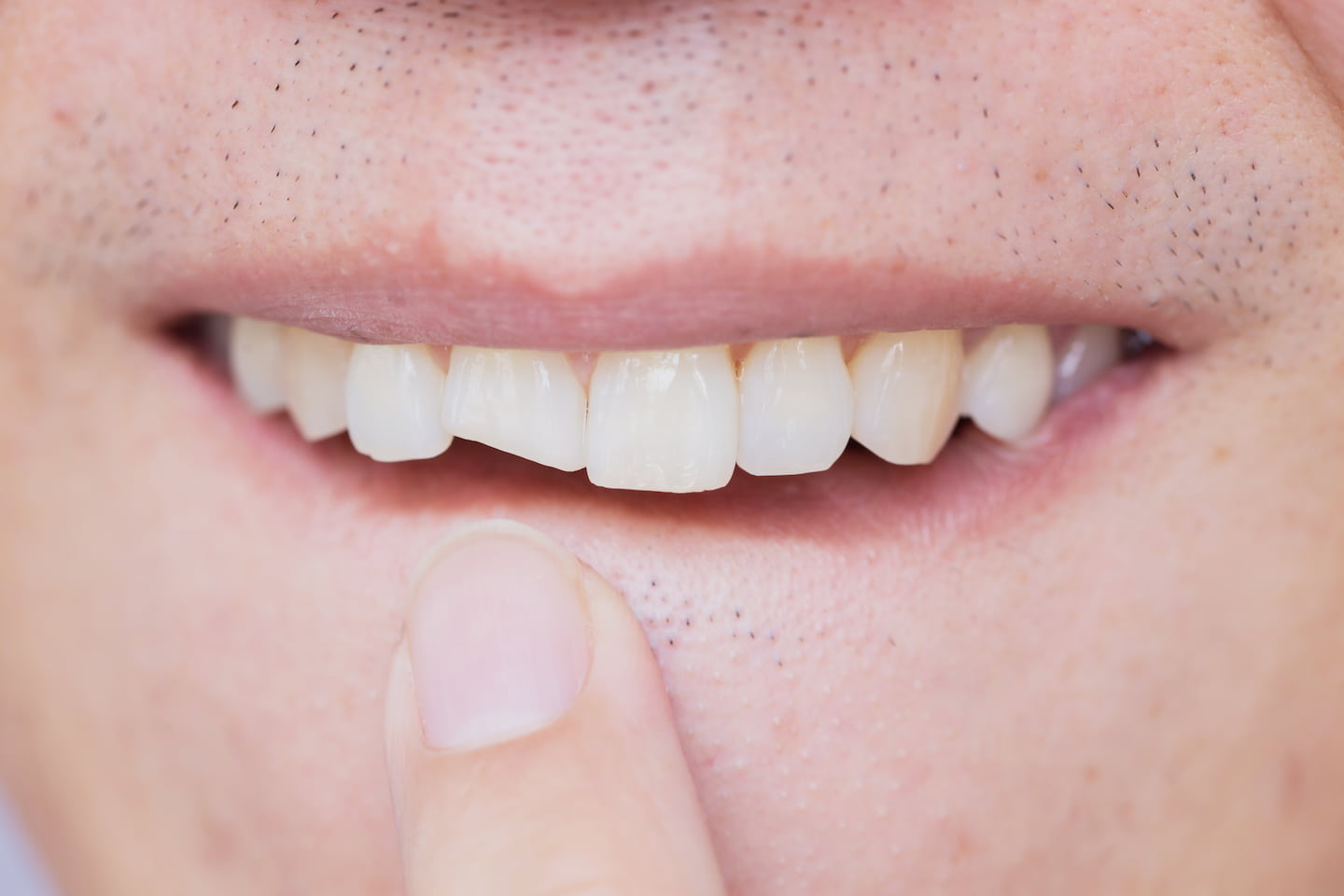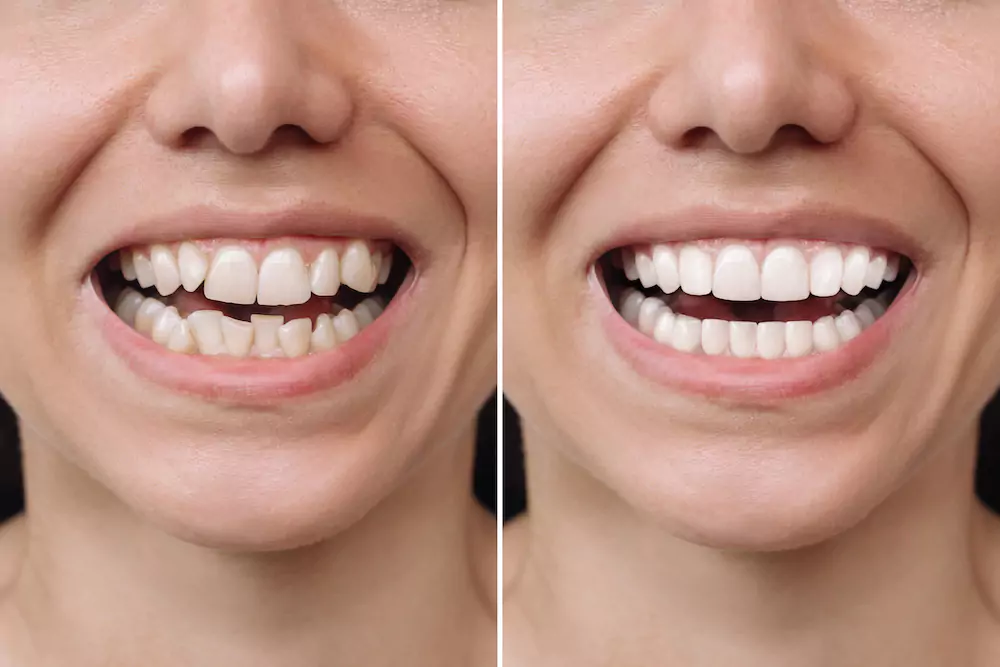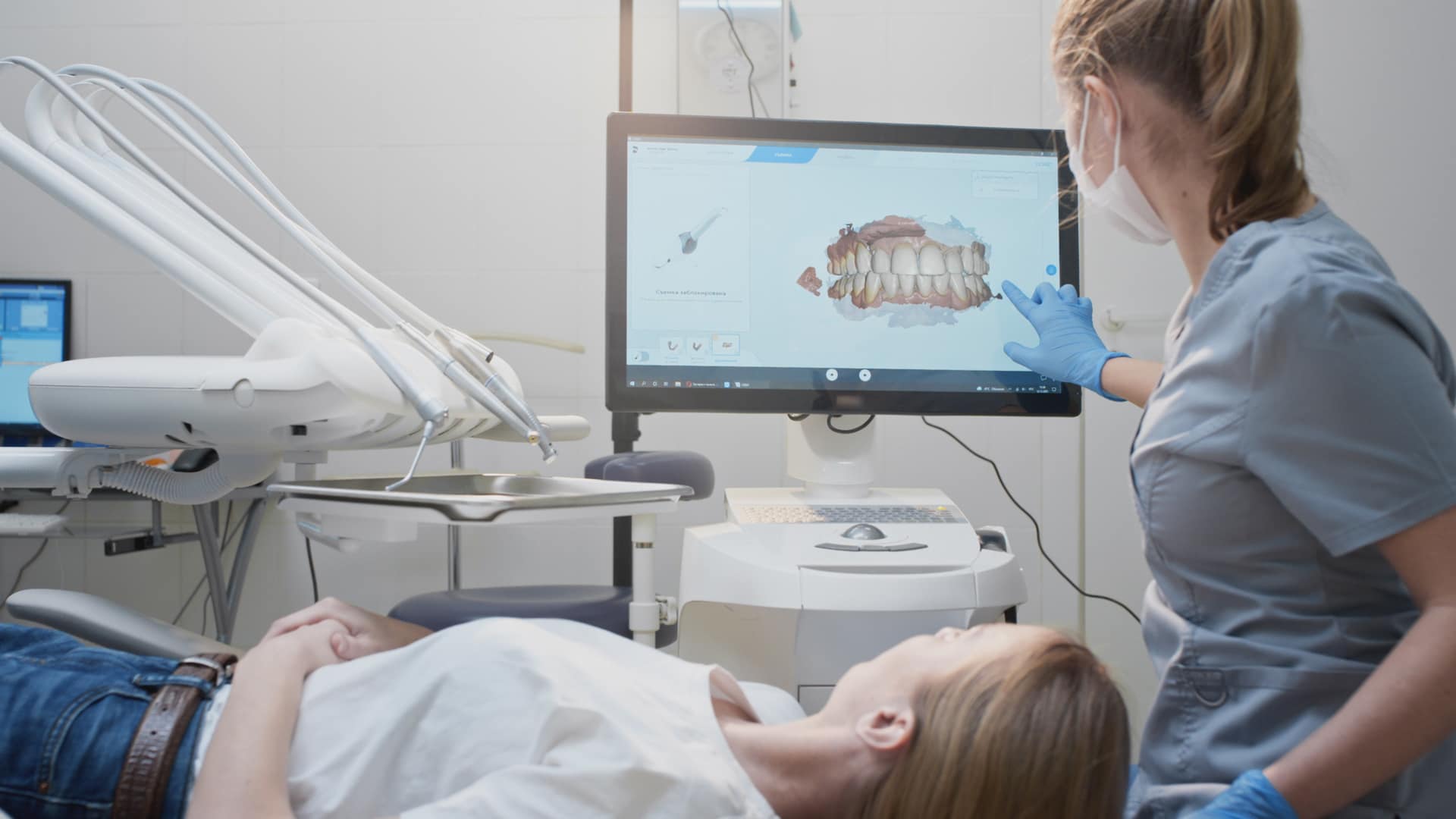
What to Eat After Wisdom Teeth Removal
Leveraging my 10 years’ in dentistry and my experience with thousands of clients, I have put together a guide on what to eat and avoid after wisdom teeth removal to ensure a speedy recovery.
Initially, you should focus on no-chew foods and gradually reintroduce soft foods while avoiding alcohol, smoking, and spicy or hard foods for two weeks.
For specific foods to eat and avoid as well as a one week meal plan to follow, read on.
Quick Summary
- Choose soft and clear liquid foods for the first 24 hours post-wisdom teeth removal.
- Avoid hard, spicy, or chewy foods, along with alcohol and smoking for at least two weeks.
- Gradually introduce soft foods if healing goes well.
- Stay away from alcohol, smoking, and hard or spicy foods for at least two weeks.
- Dental-approved one-week meal plan with regular, vegan, and gluten-free options.
- Follow recommended post-extraction care for a smooth recovery.
- Contact your dentist if you notice signs of infection or have concerns.
- Prioritise hydration, rest, and careful oral hygiene during recovery.
- Swift healing usually within two to three weeks.
What to Eat After Wisdom Teeth Removal
| Foods to Eat | Foods to Avoid |
|---|---|
|
|
There is one big rule I always tell my patients for the first day after wisdom teeth removal: No chewing.
In the first two hours after the procedure, I tell patients NO food at all.
After that, stick to very soft foods or clear liquids only for the first 24 hours after wisdom teeth removal. Chewing can prolong healing and cause discomfort.
By the second or third day, you may be able to add in soft foods. If your mouth is still sensitive and tender, continue sticking to clear liquids and no-chew foods.
As you continue to recover, you can slowly begin adding more soft foods and semi-soft foods.
Dentist-Approved Meal Plan
I have tailored the meals listed below for each day in your recovery and quantities can be adjusted as you see fit.
For each meal, I’ve also included vegan and gluten-free options.
| Day | Meal | Regular | Vegan | Gluten-Free |
|---|---|---|---|---|
| Day 1 | Breakfast | Warm vegetable or chicken broth | Warm vegetable broth (ensure it’s gluten-free) | Warm vegetable broth (ensure it’s gluten-free) |
| Lunch | ½ cup Applesauce | ½ cup of plain yoghurt or kefir (choose coconut-milk based for vegan) | ½ cup Applesauce | |
| Snack | Soft foods (e.g., applesauce, kefir, or pureed baby food) | Soft foods (e.g., applesauce, kefir, or pureed baby food) | Soft foods (e.g., applesauce, kefir, or pureed baby food) | |
| Dinner | Soft foods (e.g., pureed baby food, applesauce, yoghurt, or ice cream) | Vegan ice cream (banana ice cream) | Gluten-free ice cream | |
| Day 2 | Breakfast | ½ cup cottage cheese with a tablespoon of jam mixed in or nut butter | Dairy-free yoghurt | Gluten-free cooked rice blended with almond or coconut milk, vanilla, and cinnamon |
| Lunch | A smoothie made from leafy greens, frozen berries or fruit, yoghurt, and avocado | A smoothie made from leafy greens, frozen berries or fruit, dairy-free yoghurt, and avocado | Smoothie with leafy greens, frozen berries, dairy-free yoghurt, and avocado | |
| Snack | Warm broth or applesauce | Warm vegetable broth or applesauce | Warm vegetable broth or applesauce | |
| Dinner | ½ cup pureed veggies | ½ cup pureed veggies | ½ cup pureed veggies | |
| Day 3 | Breakfast | Scrambled eggs, cottage cheese, avocado | Scrambled tofu, dairy-free yoghurt, avocado | Scrambled tofu, dairy-free yoghurt, avocado |
| Lunch | Pureed vegetable soup | Pureed vegetable soup | Pureed vegetable soup (ensure it’s gluten-free) | |
| Snack | Warm broth, applesauce, yoghurt, cottage cheese, or pureed vegetables if needed | Warm vegetable broth, applesauce, dairy-free yoghurt, or pureed vegetables if needed | Warm vegetable broth, applesauce, dairy-free yoghurt, or pureed vegetables if needed | |
| Dinner | Butternut squash, mashed potatoes, pureed salmon | Mashed butternut squash, mashed potatoes, pureed salmon | Mashed butternut squash, mashed potatoes, pureed salmon (ensure it’s gluten-free) | |
| Day 4 | Breakfast | Soft scrambled eggs, cottage cheese, avocado | Scrambled tofu, dairy-free yoghurt, avocado | Scrambled tofu, dairy-free yoghurt, avocado |
| Lunch | Mashed potatoes, pureed salmon, steamed carrots | Mashed potatoes, pureed salmon, steamed carrots | Mashed potatoes (gluten-free), pureed salmon, steamed carrots | |
| Snack | Warm broth, applesauce, yoghurt, cottage cheese, or pureed vegetables if needed | Warm vegetable broth, applesauce, dairy-free yoghurt, or pureed vegetables if needed | Warm vegetable broth, applesauce, dairy-free yoghurt, or pureed vegetables if needed | |
| Dinner | Soft pasta (well-cooked), mashed potatoes, pureed salmon | Soft pasta (gluten-free and well-cooked), mashed potatoes, pureed salmon | Soft pasta (gluten-free and well-cooked), mashed potatoes (gluten-free), pureed salmon | |
| Day 5 | Breakfast | Scrambled eggs, cottage cheese, avocado | Scrambled tofu, dairy-free yoghurt, avocado | Scrambled tofu, dairy-free yoghurt, avocado |
| Lunch | Mashed potatoes, pureed salmon, steamed carrots | Mashed potatoes, pureed salmon, steamed carrots | Mashed potatoes (gluten-free), pureed salmon, steamed carrots | |
| Snack | Warm broth, applesauce, yoghurt, cottage cheese, or pureed vegetables if needed | Warm vegetable broth, applesauce, dairy-free yoghurt, or pureed vegetables if needed | Warm vegetable broth, applesauce, dairy-free yoghurt, or pureed vegetables if needed | |
| Dinner | Soft pasta (well-cooked), mashed potatoes, pureed salmon | Soft pasta (gluten-free and well-cooked), mashed potatoes, pureed salmon | Soft pasta (gluten-free and well-cooked), mashed potatoes (gluten-free), pureed salmon | |
| Days 6-14 | Breakfast | Soft scrambled eggs, cottage cheese, avocado | Scrambled tofu, dairy-free yoghurt, avocado | Scrambled tofu, dairy-free yoghurt, avocado |
| Lunch | Mashed potatoes, pureed salmon, steamed carrots | Mashed potatoes, pureed salmon, steamed carrots | Mashed potatoes (gluten-free), pureed salmon, steamed carrots | |
| Snack | Warm broth, applesauce, yoghurt, cottage cheese, or pureed vegetables if needed | Warm vegetable broth, applesauce, dairy-free yoghurt, or pureed vegetables if needed | Warm vegetable broth, applesauce, dairy-free yoghurt, or pureed vegetables if needed | |
| Dinner | Soft pasta (well-cooked), mashed potatoes, pureed salmon | Soft pasta (gluten-free and well-cooked), mashed potatoes, pureed salmon | Soft pasta (gluten-free and well-cooked), mashed potatoes (gluten-free), pureed salmon |
Mock Patient Example
Here’s an example of what recovery after wisdom teeth extraction often looks like.
This example follows Jamie, a 25-year-old, who undergoes a routine wisdom teeth removal and focuses on a careful recovery.
Day 1: Immediate Post-Surgery
Morning: Wakes with noticeable swelling and some pain; chooses yogurt and applesauce for breakfast.
Afternoon: Manages discomfort with prescribed painkillers; opts for a nutritious smoothie for lunch, avoiding straws to protect the surgical site.
Evening: Applies a cold compress to ease swelling; consumes lukewarm broth soup for dinner.
Day 2: Early Recovery
Morning: Observes a slight reduction in swelling; eats scrambled eggs, focusing on soft textures.
Afternoon: Continues with a soft diet, having oatmeal for lunch, and takes care to eat slowly to minimize discomfort.
Evening: Practices oral hygiene with caution, rinses with salt water; has a comforting dinner of mashed potatoes and pureed meat.
Day 3: Continued Improvement
Morning: Noticing significant swelling reduction; includes more scrambled eggs in her breakfast.
Afternoon: Chooses finely cut fish for lunch and remains mindful of chewing away from the extraction area.
Evening: Maintains a gentle oral care routine, avoiding the extraction area while brushing.
Days 4-5: Steady Progress
Gradually reintroduces a variety of semi-soft foods into her diet, still steering clear of anything hard, crunchy, or overly spicy.
Days 6-14: Check-up and Ongoing Recovery
Jamie visits the dentist for a follow-up. The dentist confirms good healing progress and advises Jamie to gradually return to her normal diet, while still being attentive to any lingering discomfort.
FAQs
How do I prepare for wisdom tooth extraction?
Here are my recommendations for preparing for wisdom teeth removal:
- Stock up on soft foods to eat after the procedure
- Do not drink alcohol for at least eight hours before
- Do not eat or drink anything for at least eight hours before
- Brush your teeth before the procedure
- Avoid smoking for at least 8 hours before wisdom teeth removal
- Wear comfy, loose-fitting clothes
- Line up a friend or family member to drive you home after the surgery
How painful is wisdom tooth removal?
Along with concerns over what foods to eat after wisdom teeth removal, another big concern I hear from patients is ‘How painful will it be?’.
Together with my skilled, caring team, I keep patients as comfortable as possible throughout the surgery and immediately after. We will educate our patients on everything to do before, during, and after the procedure to minimise discomfort and ensure the fastest recovery possible.
Can I use a straw after wisdom teeth removal?
I do not recommend using straws while recovering from wisdom teeth removal.
The sucking motion can dislodge blood clots and prolong the healing process.
Why do I need to avoid certain foods after wisdom teeth removal?
After wisdom teeth removal, it is normal to have some discomfort, swelling of your cheeks and mouth, and limited jaw mobility. This can make it difficult to chew. I recommend sticking to clear liquids and soft foods if you want your mouth to heal as quickly as possible.
Eating the wrong foods or aggravating the site with chewing can lead to complications such as:
- Dislodging blood clots that formed at the extraction site to protect the nerves and bones underneath, leading to a painful condition known as dry socket
- Getting food particles stuck in or near the extraction site, irritating the blood clot
- If a dry socket fills with food debris it can lead to infection
How long will it take for me to heal after wisdom tooth extraction?
The extraction site usually heals within two to three weeks. The actual bone beneath the socket takes around 6 months to fully heal.
How do I get food out of wisdom teeth holes?
Your best defence against getting food in the wisdom teeth holes is by sticking to the recommended recovery diet. However, if you do get food or crumbs lodged in the extraction site, ask your dentist about using a saltwater rinse to clear it.
For most patients, I give them the go-ahead to use a saltwater rinse to try to clear out the extraction site.
Do not swish the liquid around too much. This could dislodge the blood clot. Instead, I tell my patients to gently let the water spill out of their mouths into the sink rather than spitting it out forcefully.
What should I do to heal quickly after wisdom teeth removal?
Along with knowing what foods to eat after wisdom teeth removal, other steps can help promote healing and prevent complications.
I recommend doing the following in the first two weeks after wisdom teeth removal:
- Stay hydrated
- Rest and relax
- Use a pillow to prop up your head rather than lying flat
- Take any prescribed medications as directed
- Place a cold compress on the outside of your mouth to reduce swelling and pain
- Use extreme care when drinking or eating
- Do not use a straw
- Go slow when going from lying down to standing to prevent dizziness
- Avoid smoking, alcohol, or eating chewy or hard foods
- Use gentle pressure to keep your gauze pad in place for at least 30 minutes following surgery
- Use a small dab of Vaseline or Aquaphor to combat any cracking or dryness on the corners of the mouth
- Avoid any strenuous activities
- Ask if rinsing with salt water would be beneficial for you
- Contact your dentist if you see notice signs of infection
- Avoid sauna use
- Do not operate heavy machinery or drive
- Do not use your tongue or fingers to touch the affected area
How are wisdom teeth removed?
Wisdom teeth removal involved numbing with local anaesthesia, possible sedation, a small incision to expose tooth, tooth removal in pieces, site cleaning, stitching, and gauze placement for bleeding control. For more information, read our blog covering the process of wisdom teeth removal.
Conclusion
Leveraging a decade of dentistry expertise, I’ve crafted a guide for swift wisdom teeth removal recovery.
Afterward, reintroduce soft foods gradually. Avoid alcohol, smoking, spicy or hard foods for two weeks.
For what to eat after wisdom teeth removal, focus on no-chew and clear liquids initially. The dentist-approved one-week meal plan caters to regular, vegan, and gluten-free preferences.
If you live in Perth and are looking for a dentist Canning Vale residents trust to deliver great outcomes with great service, get in touch today.


